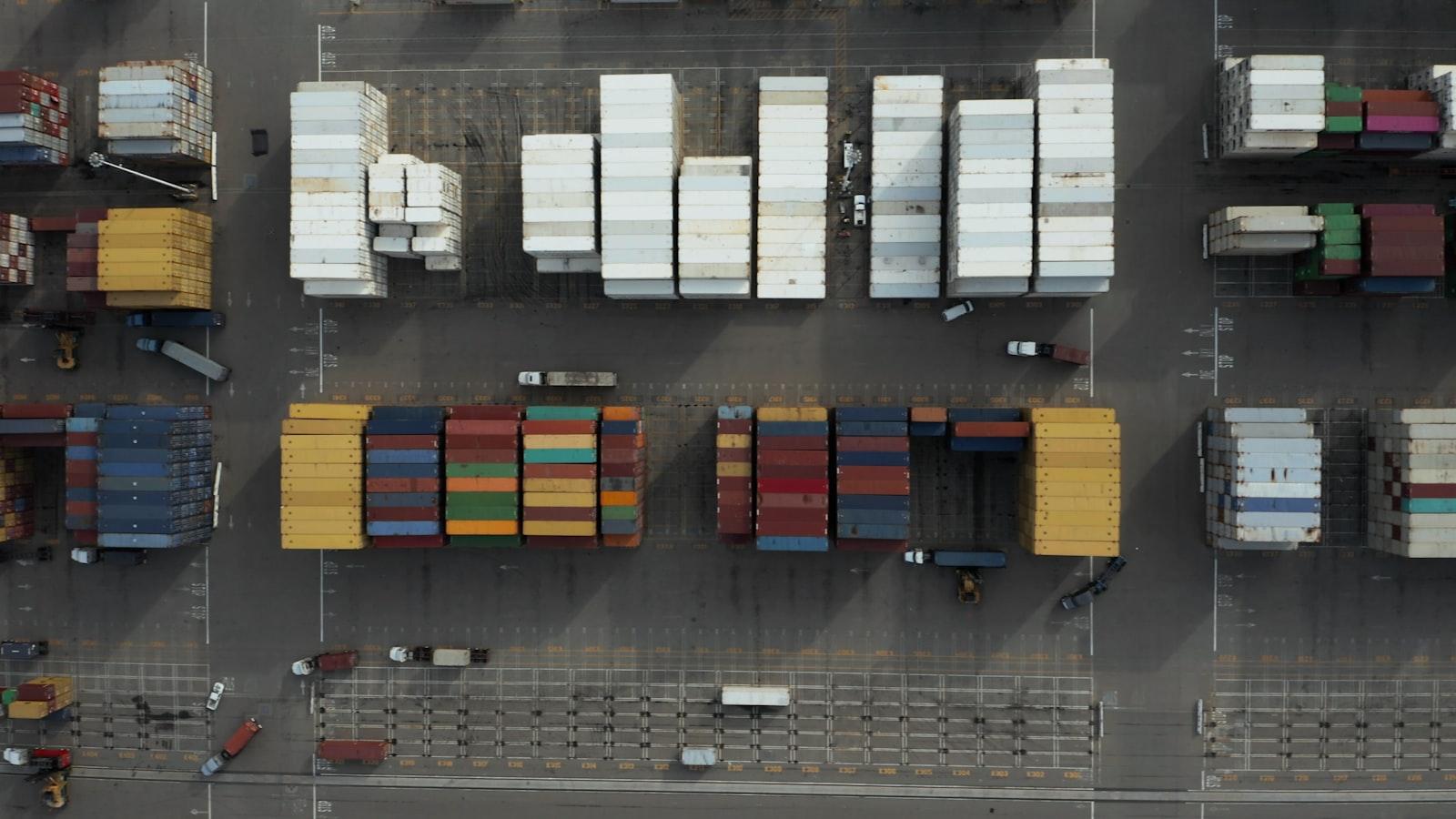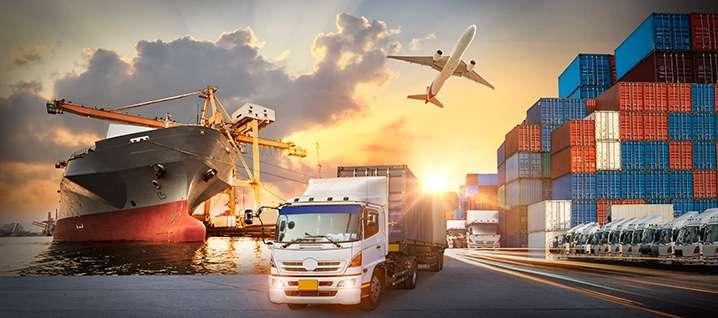In the fast-paced world of commerce, the movement of Finished Goods Inventory (FGI) plays a crucial role in ensuring that products reach their destinations in a timely and efficient manner. From the moment goods are produced to the moment they are delivered to customers, a complex dance of logistics, transport, and shipping takes place behind the scenes. In this article, we will explore the intricate web of processes that make up FGI logistics and the crucial role they play in the supply chain. Join us as we delve into the world of FGI transport and shipping, and uncover the hidden mechanisms that keep the wheels of commerce turning.
Understanding Finished Goods Inventory Management
Finished Goods Inventory (FG or FGI) management is a crucial aspect of any successful business operation. It involves overseeing the stock of products that are ready for sale and ensuring that they are efficiently stored, tracked, and shipped to customers. Effective management of finished goods inventory can lead to increased customer satisfaction, optimized production processes, and reduced costs.
There are several key components to consider when it comes to finished goods inventory management. These include accurate forecasting, streamlined ordering processes, efficient storage solutions, and reliable transportation methods. By implementing best practices in these areas, businesses can ensure that their finished goods inventory is well-maintained and ready to meet customer demand. Additionally, utilizing technology such as inventory management software can help automate tasks and improve overall efficiency.

Optimizing Logistics for Finished Goods Transport
When it comes to optimizing logistics for transporting finished goods inventory (FGI), there are several key factors to consider in order to ensure a smooth and efficient process. One important aspect is selecting the right mode of transportation, whether it be by road, rail, sea, or air. Each mode has its own advantages and disadvantages, so it’s crucial to evaluate which option best suits the specific needs of your business.
Additionally, proper packaging and labeling of finished goods is essential for safe and secure transport. Investing in quality packaging materials and ensuring that all items are accurately labeled can help prevent damage during transit. Partnering with reliable carriers and logistics providers can also streamline the shipping process and enhance overall supply chain efficiency. By focusing on these key areas, businesses can optimize their logistics for finished goods transport and ultimately improve customer satisfaction.

Key Shipping Considerations for Finished Goods Inventory
When it comes to managing your finished goods inventory, shipping plays a crucial role in ensuring that your products reach their destination in a timely and cost-effective manner. Here are some key considerations to keep in mind when planning the transportation of your finished goods:
- Shipping Costs: It’s important to factor in shipping costs when determining the overall cost of your finished goods. Consider different transportation options such as ground, air, or sea freight to find the most cost-effective solution.
- Shipping Timeframes: Be mindful of shipping timeframes when planning the transportation of your finished goods. Make sure to communicate clear delivery expectations with your customers to avoid any delays or misunderstandings.
- Packaging Requirements: Proper packaging is essential to protect your finished goods during transit. Ensure that your products are packaged securely to prevent damage or loss during shipping.
| Consideration | Importance |
|---|---|
| Shipping Costs | High |
| Shipping Timeframes | Medium |
| Packaging Requirements | High |

Implementing Efficient FGI Logistics Strategies
When it comes to , there are several key factors to consider for successful transport and shipping operations. One important aspect is optimizing warehouse management to ensure smooth flow of finished goods inventory. Utilizing technology such as RFID systems can help track inventory in real time, reducing errors and increasing efficiency.
Another crucial factor is establishing strong partnerships with reliable transportation providers to ensure timely delivery of FGI. Implementing a just-in-time shipping approach can help minimize holding costs and reduce lead times. Additionally, incorporating sustainable transportation practices can not only reduce carbon footprint but also improve overall supply chain performance.
In Summary
In conclusion, managing Finished Goods Inventory logistics is essential for any business looking to streamline their transport and shipping operations. By effectively managing your FGI, you can ensure timely deliveries, minimize storage costs, and ultimately improve customer satisfaction. Remember, a well-organized FGI system is the key to keeping your supply chain running smoothly and your business thriving. So don’t overlook the importance of logistics when it comes to your finished goods inventory – it could make all the difference in your success.
